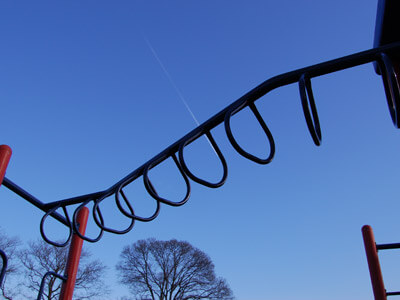The number of children experiencing playground-related traumatic brain injuries is on the rise. A team of researchers examined data from the National Electronic Injury Surveillance System between 2001 – 2013 and discovered a significant increase in the annual rate of traumatic brain injuries between 2005 and 2013.
The study, which was published in Pediatrics, notes that industry standards have evolved over time in response to severe injuries and deaths in the past. However, it also “describes the importance of continued efforts to improve playground safety”.
Such measures [playground inspections] are paramount because TBI has important implications for childhood development…
While most of the concussions and traumatic brain injuries examined in the study seemed to be mild, the authors emphasize that even mild brain injuries “can have serious implications for the physical, cognitive, and behavioral health of children, including physical impairments, lowered cognitive skills, and deficits in behavioral and adaptive functioning.”
Monkey bars, swings, and playground gyms were the type of equipment most likely to cause traumatic brain injuries. Children aged 0 – 4 were more likely to incur playground-related traumatic brain injuries at places of recreation, while children aged 5 – 14 were more likely to be hurt on school playgrounds.
The authors conclude that “playgrounds should be regularly inspected for safety hazards in accordance with the CPSC Handbook For Playground Safety. […] Such measures are paramount because TBI has important implications for childhood development and could place children at risk for disability even if their injury is diagnosed as a mild TBI or concussion.”
You can read the article in the Pediatrics journal.
Local governments across North America are using CityReporter to improve their playground inspection process. The inspection software sends out email reminders if a playground inspection has been missed and also provides up-to-date reports on outstanding safety hazards.

